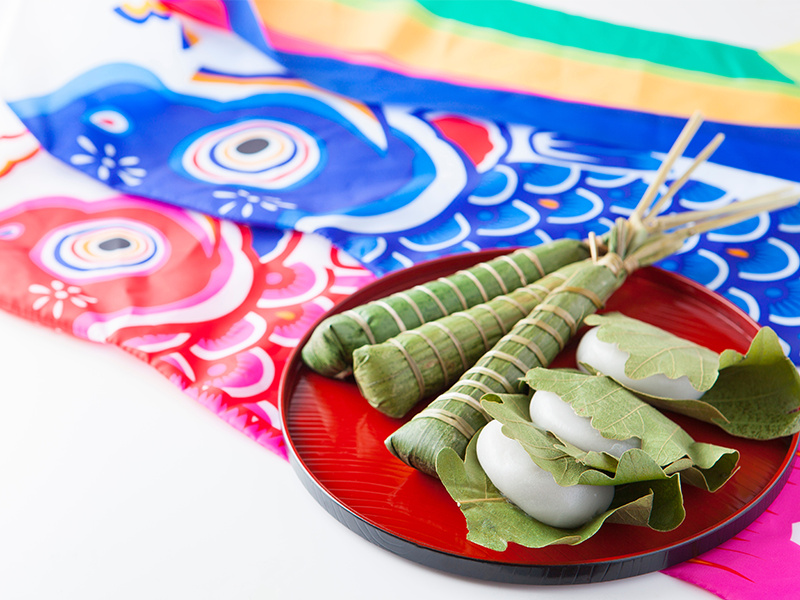TriviaWhat food is eaten on Tango no Sekku?

Here are three auspicious foods for Tango-no Sekku.
Chimaki
During the Boy’s Festival, glutinous rice dumplings wrapped in bamboo leaves and steamed are eaten. This traditional Chinese “Sekku” festival dish, also called “Chimaki”, was introduced to Japan and is now enjoyed during festivals.
Kashiwa Mochi
You can also have "Kashiwa Mochi" wrapped in oak leaves. It is usually eaten to wish for the healthy growth of children, and it is believed that the oak leaves ward off evil spirits. In Kyoto, there were Kashiwa Mochi made with miso paste using white miso along with azuki bean paste, and on the day of a boy's first festival, there was a tradition of distributing rice cakes to family members and acquaintances, and giving Kashiwa Mochi as gifts from the second year on.
Kusa Mochi
Kusa-mochi refers to rice cakes made from mugwort leaves. In ancient China, where Tango no Sekku is said to have originated, the number "5" was considered an unlucky number. Therefore, on May 5, which was considered an unlucky day, people used mugwort, a medicinal herb, to ward off bad luck, and this tradition has survived to the present day. Thus, the Kusa Mochi eaten at the Boys' Festival is meant to "ward off misfortune from children".